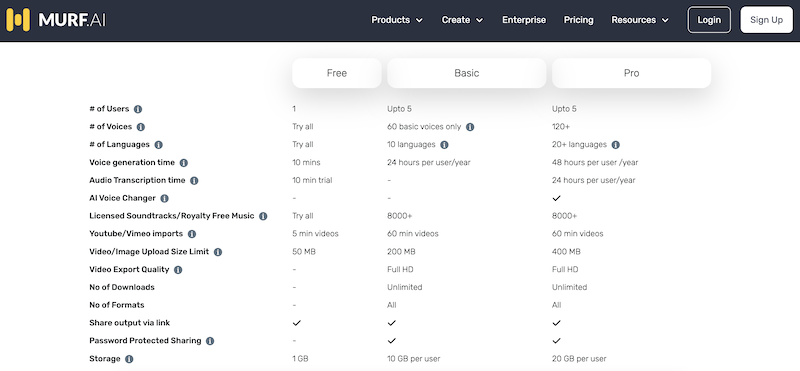Creating a travel website can be an exciting venture, whether you’re a travel enthusiast looking to share your adventures or a business owner aiming to promote travel packages. This guide has been made based on our work with VillaVilla.dk and MensLife.dk – two websites both build within the framework of WordPress.
With the right tools and approach, you can set up a simple yet effective travel website. Here’s a step-by-step guide to get you started:
- Define Your Niche and Purpose:
Defining a niche and purpose is crucial as it helps in creating targeted content that resonates with a specific audience, making the website more appealing and relevant to them. This focus enhances user engagement and retention, and can also improve search engine rankings. Moreover, a clear niche and purpose guide the website’s overall direction, ensuring consistency and clarity in messaging.- Determine the primary focus of your website. Are you promoting a specific destination, sharing travel tips, or selling travel packages?
- Understand your target audience. Tailoring your content to a specific demographic can help you stand out.
- Choose a Domain Name:
Choosing a domain name is crucial as it represents your brand and is often the first point of contact for potential visitors. A memorable, relevant domain name can enhance brand recognition, build credibility, and contribute to SEO efforts. It should reflect the essence of your website, making it easier for users to remember and return to your site.- Pick a memorable and relevant domain name that reflects the essence of your travel website.
- Use domain registration platforms like GoDaddy or Namecheap to purchase your domain.
- Select a Web Hosting Provider:
Selecting the right web hosting provider is crucial as it affects your website’s performance, security, and reliability. A good host ensures fast loading times, which improves user experience and SEO rankings. Reliable customer support and robust security measures protect your site from potential threats. Additionally, scalability options are essential for accommodating growth and traffic spikes.- Opt for reliable hosting providers like Bluehost, SiteGround, or HostGator.
- Ensure they offer good customer support, uptime, and scalability options.
- Pick a Website Builder:
Picking the right website builder is crucial as it affects the ease of website creation and maintenance. A good website builder offers customizable templates, user-friendly interfaces, and necessary features that cater to your specific needs. It should also provide reliable support and regular updates to ensure your website functions smoothly and remains secure over time.- Platforms like WordPress, Wix, and Squarespace are user-friendly and offer customizable templates.
- For travel websites, consider using themes that support features like booking forms, galleries, and maps.
- Design Your Website:
Website design is crucial as it significantly impacts user experience and brand perception. A well-designed website with a clear layout, visually appealing graphics, and responsive design keeps visitors engaged and increases the likelihood of conversions. It also enhances usability, ensuring visitors can easily navigate and find the information they need, ultimately contributing to the website’s success.- Use high-quality images to captivate your audience. Websites like Unsplash and Pexels offer free travel photos.
- Ensure your website is mobile-responsive, as many users will access it from mobile devices.
- Implement clear navigation menus and a search bar for easy site navigation.
- Add Essential Features:
Essential features are crucial for a travel website as they enhance functionality and user experience. Features like booking systems, interactive maps, and customer reviews provide valuable information and services to travelers, making their planning process easier. These features also increase the website’s credibility and can significantly boost conversions and customer satisfaction.- Booking System: If you’re selling packages or accommodations, integrate a booking system like Bookly or WP Travel.
- Interactive Maps: Use plugins or widgets to display interactive maps, highlighting destinations or routes.
- Testimonials: Showcase reviews and testimonials to build trust with potential customers.
- Contact Form: Allow visitors to get in touch with you easily.
- Create Quality Content:
Creating quality content is vital for a travel website as it engages visitors and provides them with valuable information. Well-researched and well-written content, such as destination guides, travel tips, and personal experiences, can inspire and assist travelers in their planning. Quality content also improves SEO rankings, driving more organic traffic to the website.- Write engaging blog posts about travel tips, destination guides, and personal experiences.
- Use SEO (Search Engine Optimization) best practices to improve your website’s visibility on search engines.
- Promote Your Website:
Promoting a travel website is essential to increase its visibility and attract more visitors. By sharing content on social media, collaborating with influencers, and utilizing paid advertising, you can reach a larger audience and drive more traffic to your site. Effective promotion also helps to build brand awareness and credibility in the competitive travel industry.- Share your content on social media platforms like Instagram, Facebook, and Pinterest.
- Collaborate with travel influencers or bloggers to reach a wider audience.
- Consider using paid advertising, such as Google Ads or Facebook Ads, to drive traffic.
- Engage with Your Audience:
Engaging with your audience is crucial for a travel website as it builds a community and fosters loyalty. Responding to comments, encouraging user-generated content, and actively participating in social media conversations make visitors feel valued and more likely to return. Engagement also provides valuable feedback, helping you to improve your content and services.- Respond to comments and messages promptly.
- Encourage user-generated content, such as guest posts or photo submissions.
- Regularly Update Your Website:
Regularly updating a travel website is essential to maintain relevance and user engagement. Fresh, up-to-date content ensures that visitors have access to the latest information, which is particularly important in the ever-changing travel industry. Regular updates also improve SEO rankings, driving more organic traffic to the site and enhancing its overall performance and credibility.
- Keep your content fresh and relevant by updating it regularly.
- Monitor website analytics to understand user behavior and make necessary improvements.
In conclusion, creating a simple travel website requires a combination of technical know-how, creativity, and marketing skills. By following the steps above and staying updated with the latest trends, you can build a successful travel platform that resonates with your audience. Safe travels and happy website building!





